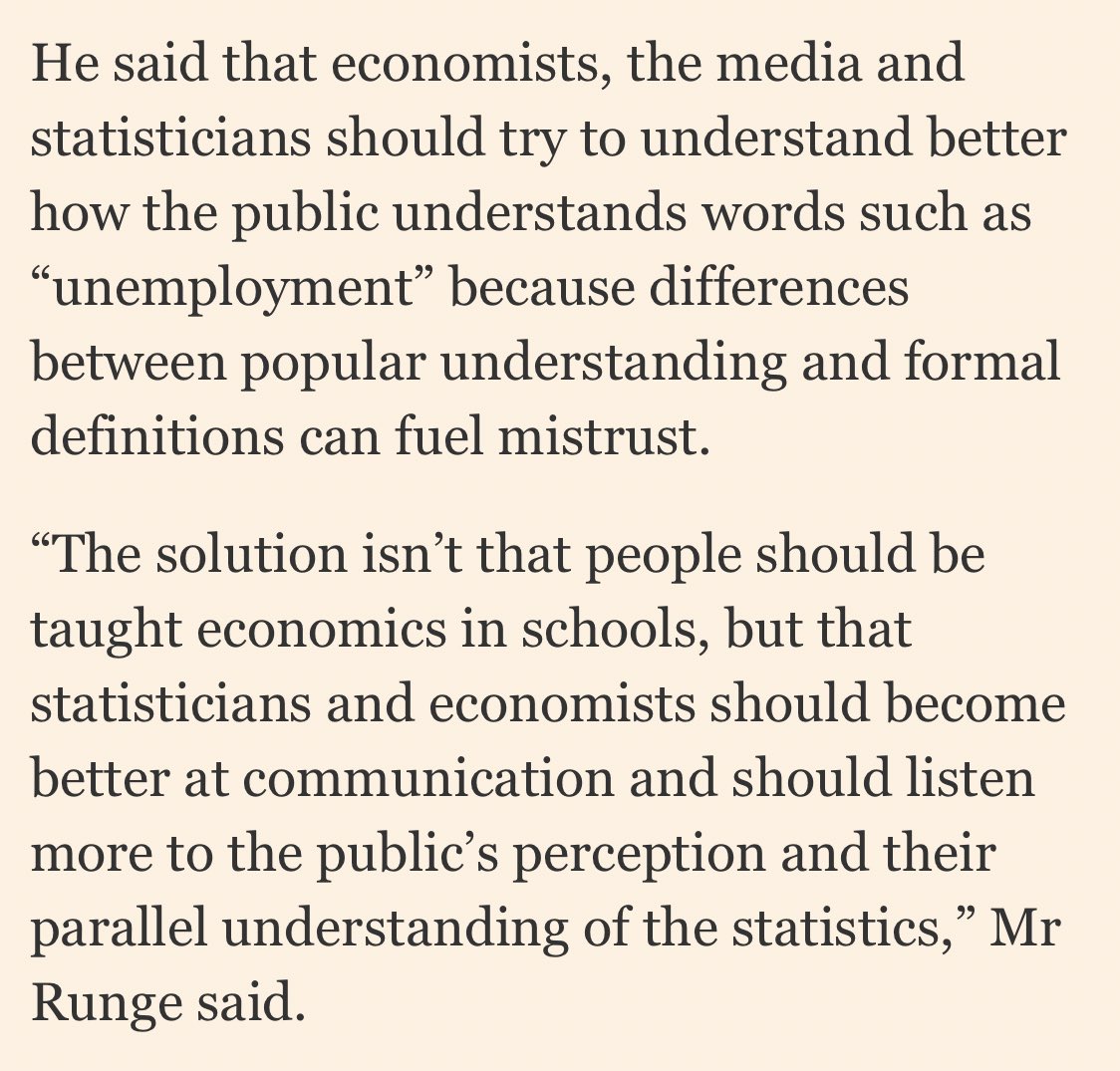
NEW with @JasmineCC_95 & @ChrisGiles_
38.5m people (68% of England’s population) will be in the tightest restrictions from Saturday.
Story: ft.com/content/e4eea7…
Two charts show that most moves into T3 were really no-brainers:
1) Case rates in these areas are high
38.5m people (68% of England’s population) will be in the tightest restrictions from Saturday.
Story: ft.com/content/e4eea7…
Two charts show that most moves into T3 were really no-brainers:
1) Case rates in these areas are high

And 2) in all-but-one area moved into T3, cases are also rising, in some cases very rapidly.
The exception is Runnymede in Surrey, where cases are elevated but trending downwards.
The exception is Runnymede in Surrey, where cases are elevated but trending downwards.

And here’s all of the above in map form.
Tier 3 maps very neatly onto areas whose case rates are currently elevated.
Rate of change (right) is a less neat fit; some areas in T3 are trending downwards, and most in T2 are trending sharply up.
Tier 3 maps very neatly onto areas whose case rates are currently elevated.
Rate of change (right) is a less neat fit; some areas in T3 are trending downwards, and most in T2 are trending sharply up.

Finally, a note:
As journalists we claim to be completely impartial, but sometimes we fall short of that standard.
It is with regret that I confess I have shown a bias towards my home town and labelled Doncaster on the top chart despite its minimal significance to the story.
As journalists we claim to be completely impartial, but sometimes we fall short of that standard.
It is with regret that I confess I have shown a bias towards my home town and labelled Doncaster on the top chart despite its minimal significance to the story.
• • •
Missing some Tweet in this thread? You can try to
force a refresh













